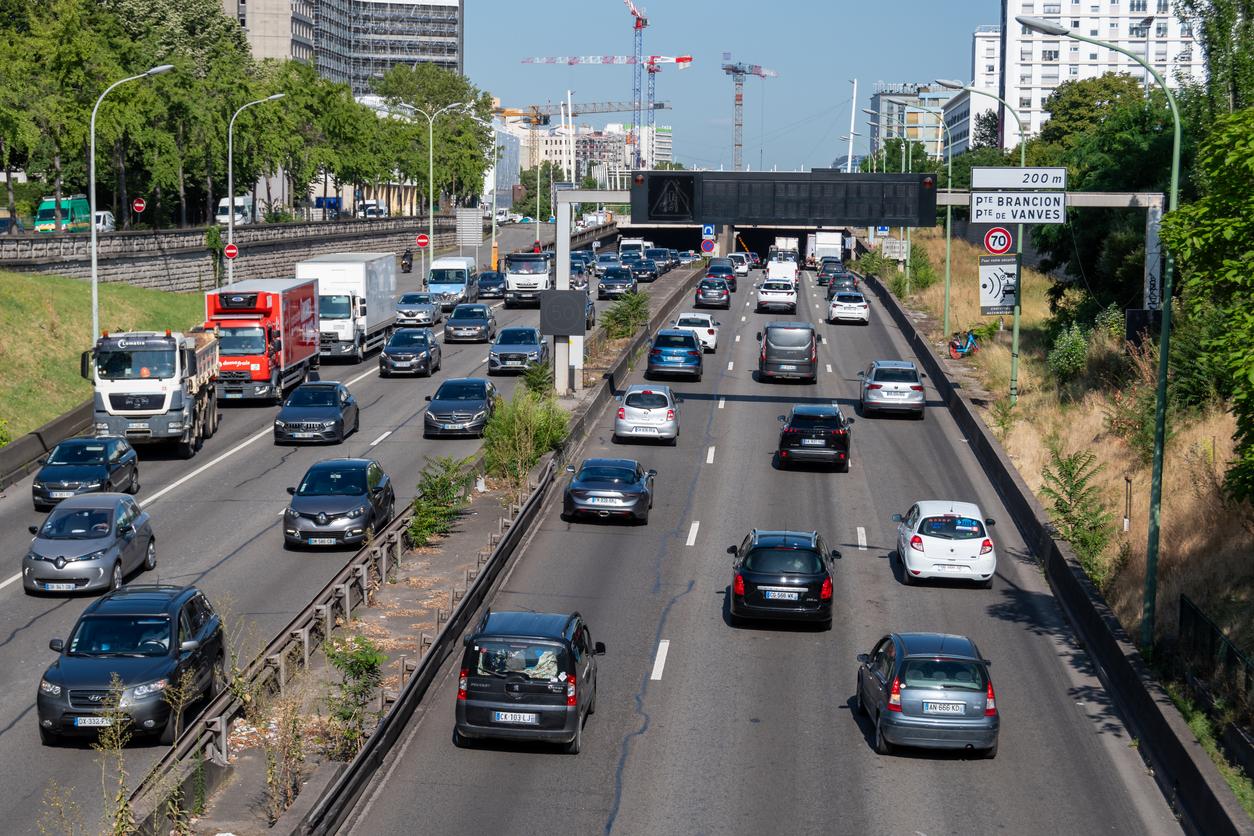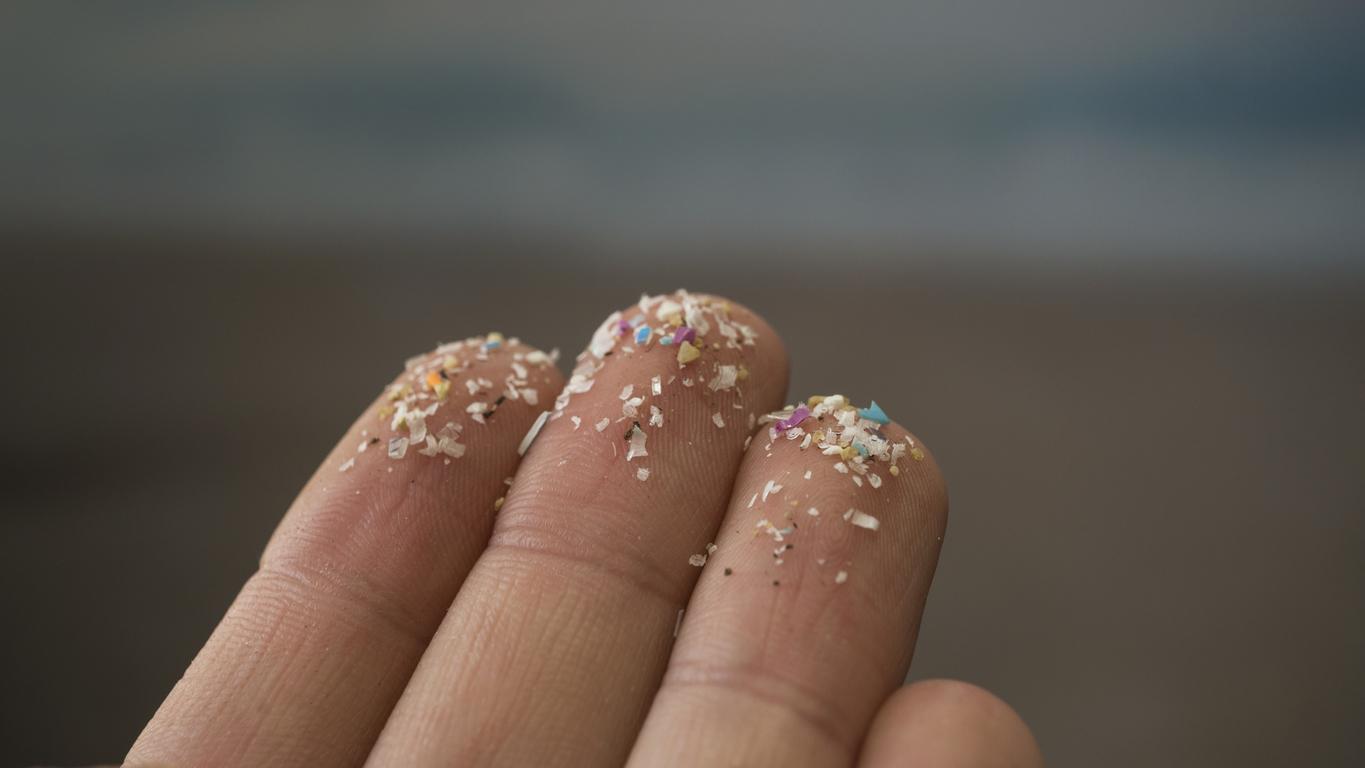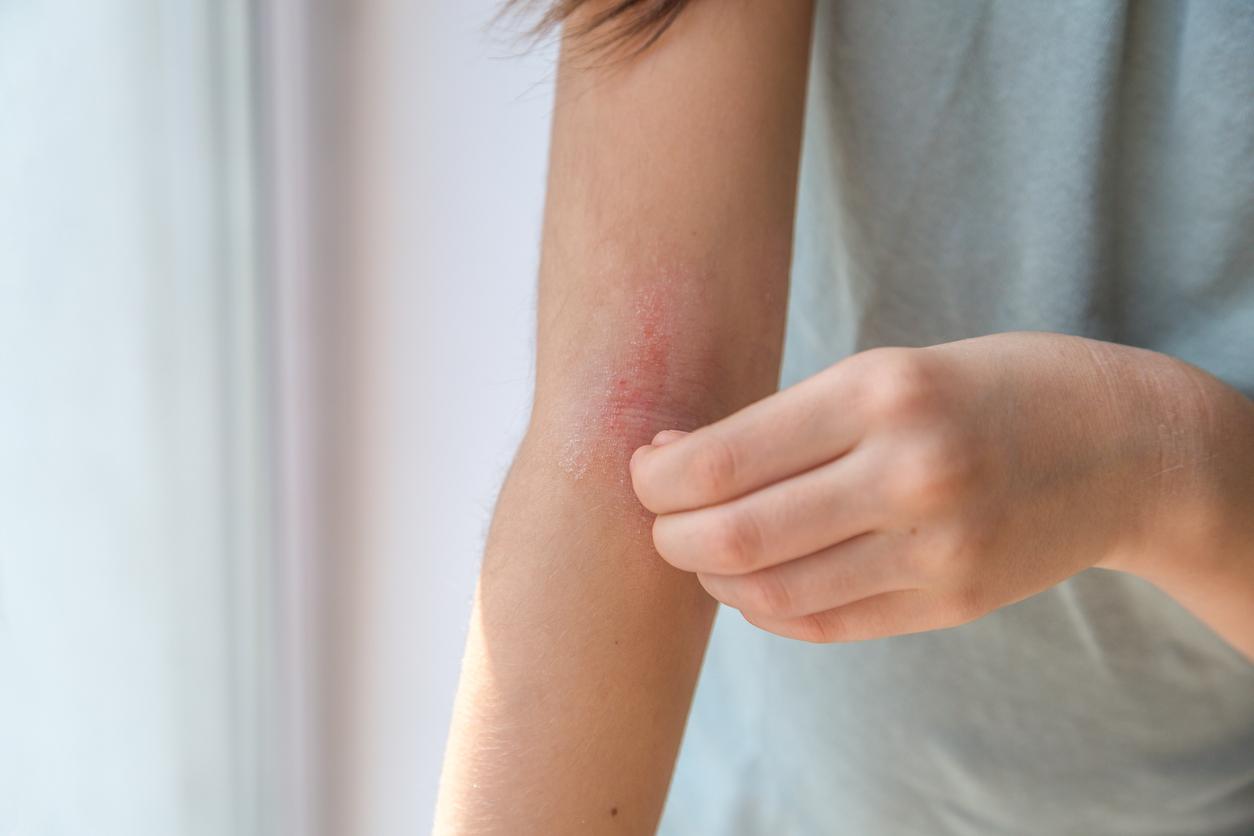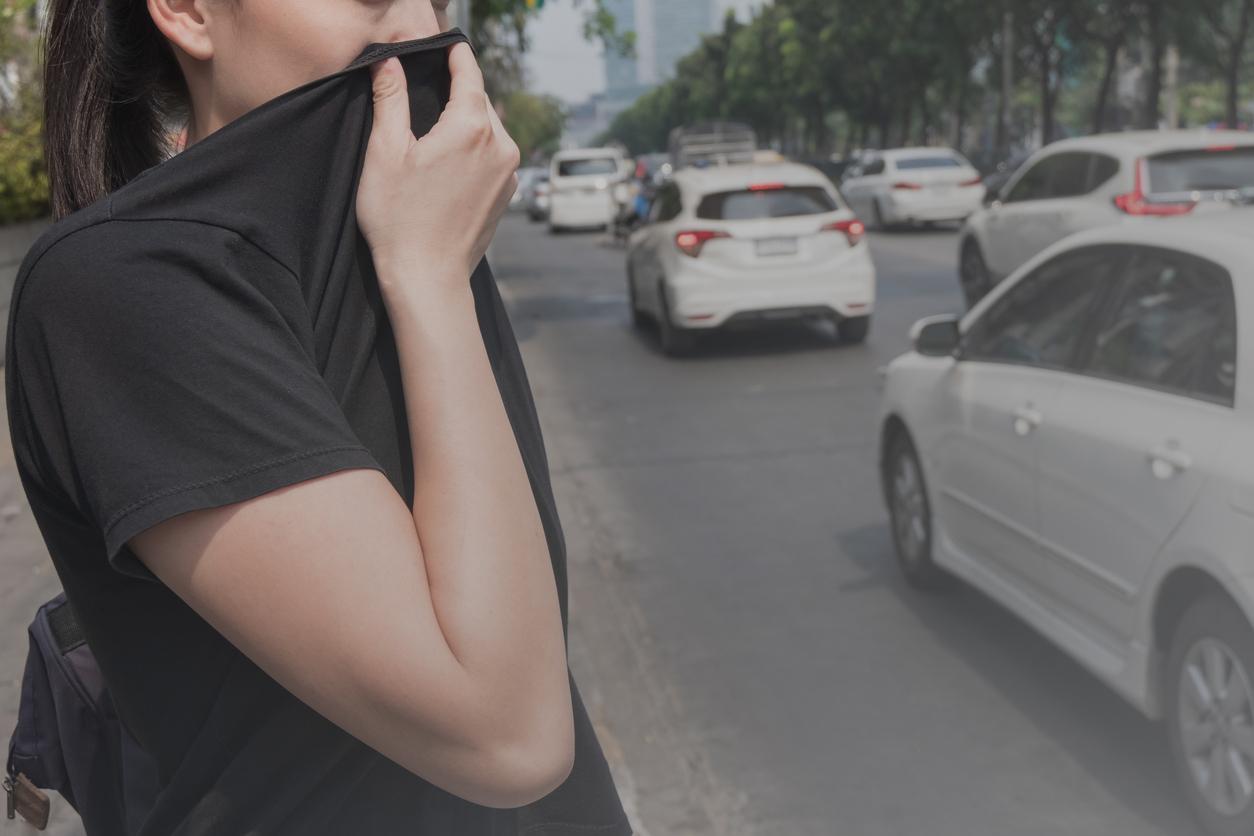In Paris, the air is twice as polluted with ultrafine particles around the main roads.

- Ultrafine particles are particles present in the air whose diameter is less than 100 nanometers, that is to say 1000 times finer than a hair.
- These pollutants are even more harmful than larger particles (PM10 and PM2.5) because they penetrate deeper into the body.
- In Paris, their levels are two to two and a half times higher along Boulevard Haussmann and Boulevard Périphérique Est.
Waste incineration, forest fire, printer, heating, smoking… These different human activities emit ultrafine particles. In the air quality environment, these are currently the smallest particles that can be measured and observed. They are called “PM0.1” because their size is less than 0.1 microns (100 nanometers), which is 1,000 times finer than a hair and corresponds to the size of a virus or virus. ‘a DNA molecule, according to Airparifan organization approved by the Ministry of the Environment for monitoring air quality in Île-de-France.
Ultrafine particles penetrate deeper into the body
The National Agency for Environmental, Food and Occupational Health Safety (ANSES) reported that ultrafine particles were even more harmful than larger particles (PM10 and PM2.5), because they penetrate more deep in the body. In detail, they can reach the pulmonary alveoli and reach most organs via the blood system. In addition, other research has highlighted their effects on the respiratory system, cardiovascular system, cognitive functions and on the fetus. Despite the health risks, these air pollutants are not yet regulated.
Pollution: 25,600 particles/cm3 detected along the Eastern Ring Road
In Paris, the sources of ultrafine particle emissions “are poorly known”. To find out, Airparif carried out a measurement campaign between February and May 2022 as part ofa study. The results revealed a high concentration of air pollutants near the Paris ring road.
“Ultrafine particles were measured at levels two to two and a half times higher along the traffic axes monitored (21,900 particles/cm3 along Boulevard Haussmann, 25,600 particles/cm3 along Boulevard Périphérique Est) than at far from traffic routes in an urban area of the 18th arrondissement (between 9,900 and 10,800 particles/cm3)”, can we read in the report.
According to the analysis of the chemical composition of the ultrafine particles, they came from road traffic, but also from wood heating and the transformation of polluting gases in the atmosphere.














